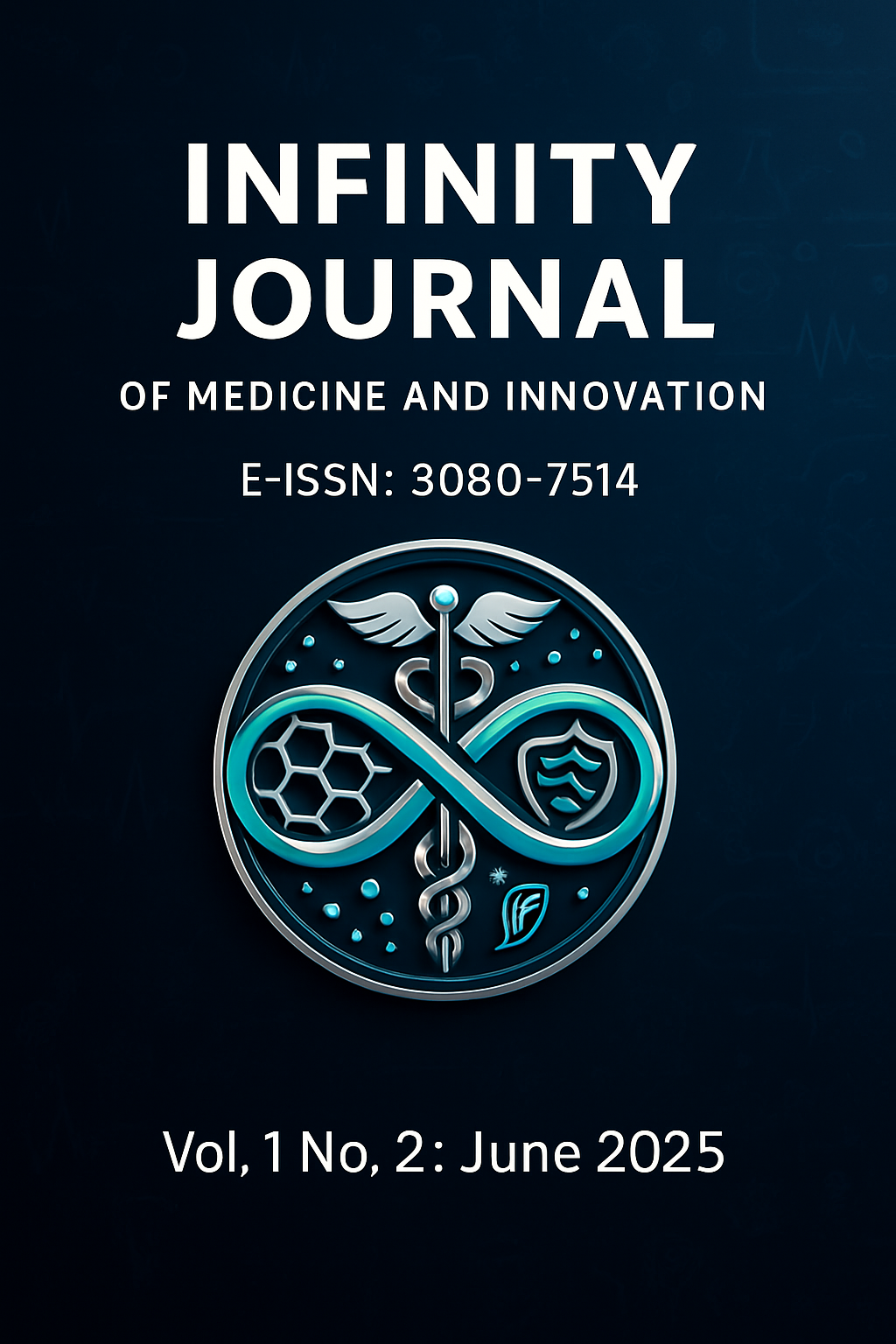Horseradish Seeds and Sodium Bicarbonate Efficacy against Clinical Isolated Vibrio cholera in vitro
Keywords:
Vibrio cholera O1, Horseradish seeds, Armoracia rusticana, Sodium Bicarbonate, Trimethoprim, Tetracycline.Abstract
Background: Vibrio cholera causes a severely lethal secretory diarrheal disease. It is a gram-negative, motile, curved-rod bacterium. Cholera, an acute diarrheal disease, poses a serious threat to public health, particularly in developing countries. Horseradish (Armoracia rusticana) is a large-leaved, hardy perennial plant. It is used today primarily as a condiment, however, has also been known as a medicinal herb. Material and methods: Vibrio cholera O1 Ogawa serotype was isolated from fifteen Iraqi patients. Isolates were obtained from watery diarrheal stool then cultured in peptone water for 8 hrs and were cultured overnight on blood agar, MacConkey agar and TCBS Agar, then they were biochemically tested. Horseradish and Sodium bicarbonate extracting preparation was 2.5% and 2% respectively by working powder from seeds and dissolving distilled water then putting the solution in autoclave 120 ℃ fore 20 min. The antibiotic susceptibility testing was done by the standard well diffusion method on Mueller-Hinton agar. Results: Horseradish seeds showed 93% activity against 15 Vibrio cholera O1 Ogawa serotype, Tetracycline revealed 82% activity and Trimethoprim was 46.6% active. Sodium Bicarbonate was ineffective 100% against Vibrio cholera. Mean comparison of activity of Radish seeds 18.47 mm was non- significant compared to Tetracycline 19.27 mm (P= 0.74) while it was significant when compared to Trimethoprim 12.20 mm (P= 0.008). No correlation was observed between Radish seeds and both tetracycline and trimethoprim (p> 0.05). Conclusion: Horseradish seeds are promising novel antibacterial agent for V. cholera treatment; clinical studies in vivo are demanded.
Downloads
Published
How to Cite
Issue
Section
License
Copyright (c) 2025 Infinity Journal of Medicine and Innovation

This work is licensed under a Creative Commons Attribution 4.0 International License.
Allows others to copy, modify, distribute, and reuse the research for any purpose (even commercially), provided that the original author is credited.






